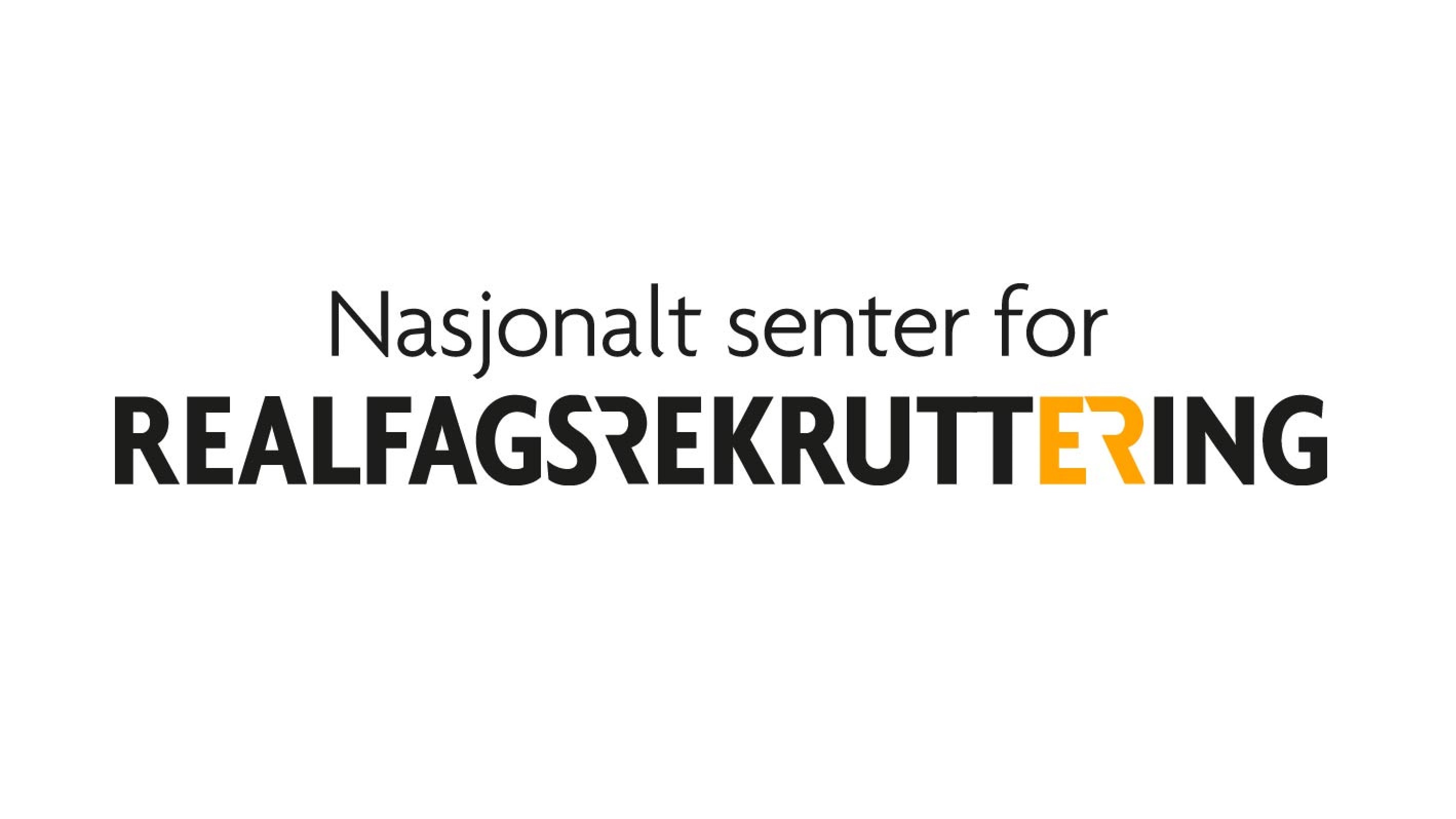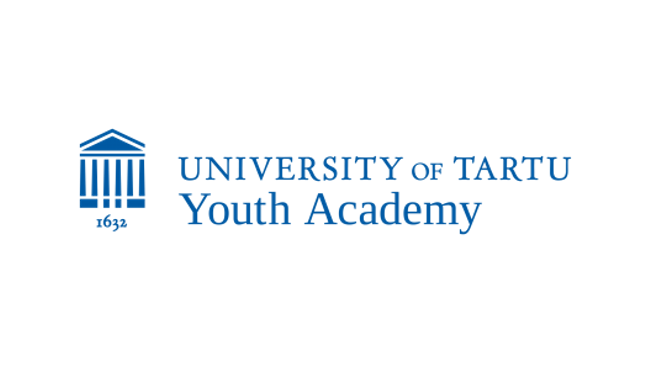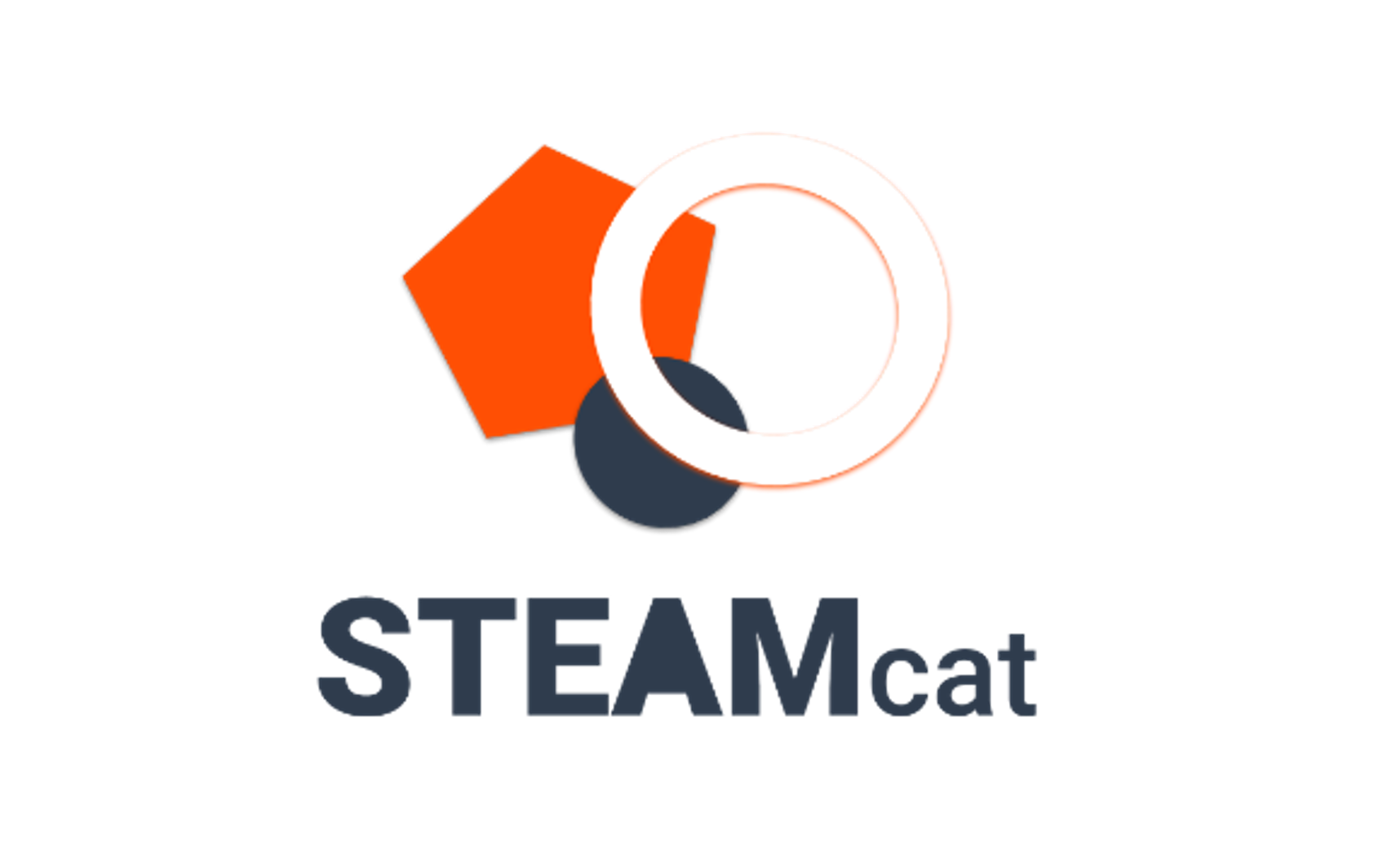Sep
16
2021
0
By admin
Aug
19
2021
The Education Test
By admin
Short summary:
“The Education test” is a research-based test that aims to inform young people or pupils about educations and professions within STEM. It takes about 10 to 15 minutes to complete. The test result provides the pupil with information about his or her personality traits, how he or she learns best, and suggest some STEM occupations that fits their personality.
Description and objectives:
“The Education test” is a research-based test that aims to inform young people or pupils about educations and professions within STEM. The test was created by psychologist Helge Brovold (NTNU) and takes 10-15 minutes to complete. Based on four different factors – personality, preferred learning method, personal and professional interests, the test presents occupations within STEM that might be suitable. The test result provides the pupil with information about his or her personality traits, how he or she learns best, and suggest some STEM occupations that fits their personality. After taking the test, the pupils may discuss the result with their parents or friends, and further evaluate different studies, careers and job opportunities. The main target group are pupils in junior high school and students in high school, but the test is also used in some universities to examine the students preferred learning methods and further to adjust the teaching methods.
NCSR (the Norwegian national STEM platform) has done focus groups to learn more about how young people make their choice of education. Its findings show that most youths have little knowledge about careers within STEM and what kind of occupations are eligible after studying STEM.
The education test aims to address this by providing the pupils with new ideas about what one can study and work with within STEM. In tandem to the test, the NCSR runs campaigns in social media throughout the year to inform the target audience about the test and the importance of educational choices.
The main goal of the programme is to make the pupils reflect on their interest, personality and their learning preferences in relation to STEM. Furthermore, the goal is to make the target audience aware of the different educations and jobs within STEM. The programme aims to:
- Inspire youths to choose STEM subjects and careers
- Provide the student with ideas about education choices and occupations within STEM
- Expand their horizon when it comes to their choice of education
These objectives are aligned with the Norwegian Directorate for Education and Training’s STEM strategy – “Close to STEM” (see background documents).
Country:
Link to programme website:
Logo or photo:

Focus:
Impact:
It is not possible to measure the impact of the test in isolation from other actions and activities with same or similar objectives – initiated by NCSR or from other actors. NCSR make an overall assessment of own measures and programmes every year, and decide which activities to change, adjust or end. NCSR also evaluates the general trends in STEM education and labour market in Norway and assesses the impact of its initiatives in this context.
Reach:
The main target of the programme is to reach 35.000 students per year (each successfully completing the test). In 2020, the 45.000 students completed the test (significantly exceeding the target).
Budget and funding model:
The programme is funded by the Ministry of Education and NCSR (fixed yearly budget). In addition, campaigns are developed in partnership with different companies and universities that want to contribute to the work within STEM-recruitment.
Year start:
2009
Status:
data_page_highlighted_yes_no:
data_page_summary:
“The Education test” is a research-based test that aims to inform young people or pupils about educations and professions within STEM, which takes about 10 to 15 minutes to complete. The test result provides the pupil with information about his or her personality traits, how he or she learns best, and suggest some STEM occupations that fits their personality. The test is free to use and available in Norwegian and English.
data_page_impact:
The programme reaches over 45.000 students per year, providing them with a framework for reflection about their own abilities and choices related to STEM education and career paths. The programme contributes directly to the objectives of the national STEM strategy ('Close to STEM') of the Norwegian government.
Aug
19
2021
University of Tartu Youth Academy
By admin
Short summary:
The University of Tartu Youth Academy programme (henceforth UTYA) is one of the longest running STEM promotion initiatives in Estiona (launched in 1965). The main goal of the programme is to create opportunities for the development of pupils who have already shown a deeper interest in science by offering optional courses, support teachers (in particular in their work with gifted students) and contribute to the popularisation of science and science careers in Estonia.
Description and objectives:
The University of Tartu Youth Academy programme (henceforth UTYA) is one of the longest running STEM promotion initiatives in Estiona (launched in 1965). The aim of UTYA is to create opportunities for the development of pupils who have already shown a deeper interest in science. The programme facilitates enriching a pupil´s knowledge beyond the usual school curriculum and also the resources to spend their leisure time meaningfully.
The UTYA organizes courses in three different levels and a range of subjects, including mathematics, physics, chemistry, life sciences, but also in linguistics, philosophy and other non-STEM areas. Some courses are correspondence courses conducted via ordinary mail and some are carried out using e-learning facilities. Pupils can participate either individually or as a group. There are no entrance requirements, although the programme requires pupils to be motivated and able to work independently.
The instructors of the courses are usually University of Tartu professors, researchers or students. Pupils get feedback on their work as well as after graduation from the course. Upon completion, participants receive a certificate from University of Tartu.
To enhance the pupils’ abilities and learning styles, the UTYA offers some testing facilities. Some of the tests can be taken online. In addition, for pupils who are interested in participating in different kinds of contests, the UTYA organizes national Olympiads in maths, physics, chemistry, informatics, biology, geography and other areas. When students perform well at national Olympiads they are given the opportunity to participate in international contests or Olympiads. Estonian teams have been taking part in such contests since 1992 and each year pupils have won several medals.
Through these activities as well as participation in other projects and events, the programme also contributes to popularising science and technology to the wider audience.
The main goal of the programme is to create opportunities for the development of pupils who have already shown a deeper interest in science. The programme does so by:
- offering optional science courses to pupils, mostly available online for students in grade 7 – 12
- providing financial grants to gifted students to promote studying in Estonia (instead of going abroad) through the ‘Talents to Targu’ sub-programme (since 2020)
- offering teaching resources to teachers that help organize individualized learning in classes and are useful for additional extracurricular activities
- offering teacher-training sessions to schools focused on gifted children's education and psychology.
The objectives of the programme are related to the Estonians' aim to build on a science-based economy and smart specialisation. In order to do that, there is a need to offer gifted pupil opportunities to develop themselves and have good opportunities in the country so that there would not be a need for gifted children to leave for the better opportunities.
Country:
Education level:
Link to programme website:
Logo or photo:

Impact:
The programme provided direct support in a variety of ways, to a large number of gifted students (see above). The programme also promoted (successful) participation in national science competitions and through its activities contributed to the popularisation of science and science careers on among thousands of children per year.
Reach:
Through its activities, UTYA reaches a large number of pupils each year. In 2020, UTYA:
- 49 different courses with over 2 300 students.
- organised workshops in 64 schools for 798 students with 96 students also participating in individual study session
- held 10 Olympiads (lower than normal due to Covid-19, normally there are around 20), with 551 participants. In the science subject competitions, there were 836 participants.
- provided financial grants to 62 young people to support their study-career in Estonia.
Budget and funding model:
UTYA is funded through:
- participation fees from participants (ranging from 12 to 25 euros per course)
- financing from the University of Tartu
- support from companies, such as banks, biotechnology, IT companies etc.
- project-based funding from Estonian Research Council, Tartu City Government and other sources.
Year start:
1965
Status:
Aug
17
2021
STEAMcat plan
By admin
Country:
Spain
Abstract:
The STEAMcat Plan is an initiative ('regional STEM strategy') of the Catalan Government that responds to the current shortages / labour market demands in specific sectors related to science and technology. The plan seeks to promote STEM among young people, especially girls, groups at risk of social exclusion and with a low socio-economic background. The STEAMcat Plan was developed by a working group made up of representatives of the Department of Education (coordinator) the Department of the Presidency (Secretariat for Telecommunications, Cybersecurity and the Digital Society), the Department of Business and Knowledge and each of the Catalan universities. The plan was officially presented on May 31, 2017 by the heads of the aforementioned ministries.
The STEAMcat Plan was officially updated / relaunched in 2019 by three Catalan ministries. It includes an in-depth quantitative assessment of the current state of affairs related to STEM in Catalonia. The main objectives of the STEMcat Plan are:
- Increase the number of graduates in STEM studies, both in training professional as in university studies, in order to increase employability of young people and reversing the situation of lack of professionals in some sectors, such as ICT, and with a special emphasis on high-level people low socioeconomic status.
- Increase the proportion of women in STEM studies, both in training professional as in university studies, to correct the gender imbalance and improve the employability and employment of women in those sectors and professions in which they are underrepresented.
- Improve scientific, technological and mathematical skills in compulsory education to promote a positive and broad image of young people in these subjects as well as their social and professional interest
- Transmitting the social value of science, technology and mathematics to increase interest in these studies and professions and change social (gender) stereotypes surrounding them.
Aug
17
2021
0
STEAMcat overview (Spanish only)
By admin
Aug
17
2021
STEAMcat schools map
By admin
Country:
Spain
Abstract:
The STEAMcat programme is an initiative of the Government of Catalonia (see 'programmes' page). The STEAMcat schools map provides an overview of all participating schools.
Aug
17
2021
STEAMcat (pedagogical innovation programme)
By admin
Short summary:
The STEAMcat pedagogical innovation program is a programme of the Government of Catalonia aimed at implementing the ojbectives of the STEAMcat plan (regional STEM strategy of Catalonia). Through teacher training, the programme develops 'STEAM centres' and projects (3 year duration), with the ultimate objective of increasing STEM uptake among young people (in particular girls and other underrepresented groups).
Description and objectives:
The STEAMcat pedagogical innovation program (from here on: 'STEAMcat') is the first project launched within the STEAMcat plan, focused on (STEM) teacher training and assessing and improving STEM skills among students in primary and secondary education.
The STEAMcat plan is an initiative ('regional STEM strategy') of the Catalan Government that responds to the current shortages / labour market demands in specific sectors related to science and technology. The plan seeks to promote STEM among young people, especially girls, groups at risk of social exclusion and with a low socio-economic background. STEAMcat was developed by a working group made up of representatives of the Department of Education (coordinator) the Department of the Presidency (Secretariat for Telecommunications, Cybersecurity and the Digital Society), the Department of Business and Knowledge and each of the Catalan universities. The plan was officially presented on May 31, 2017 by the heads of the aforementioned ministries.
Each academic year, the STEAMcat programme selects 40 teachers (20 primary and 20 secondary) to participate in te STEAMcat programme. Selected teachers:
- Carry out a STEAM center project for 3 years
- Receive the designation of 'driving core' within their institution
- Develop coordinating measures to coordinate actions between institutions
- Participate in peer-learning events organised by the STEAMcat community
- Collect and share activities within the project's community
- Track progress of their STEAM center annually
- Present a full evaluation of the outcome of their project
The STEAMcat pedagogical innovation supports participating schools through advice, the creation of the STEAMcat Community and by providing training and resources. Ultimately, the STEAMcat plan aims to raise STEM uptake among students in post-compulsary education by improving the perception of STEM as a career choice.
Country:
Education level:
Link to programme website:
Logo or photo:

Focus:
Impact:
STEAM centres developed by teachers selected in the programme are evaluated systematically using the following indicators:
- Improvement of acacemic results in STM of students in participating schools
- Increased enrollment in training cycles and baccalaureates related to the STEAM areas
- Improvement in the perception of STEM careers by students (and their family) in participating schools
- Increased participation in STEAM activities
- Incorporation of student guidance in STEAM activities
- Increased number of STEAM dicactic proposals in the curricular planning of the center
- Increased number of transversal / interdisciplinary learning methodologies used in the center
- Increased number of partnerships between participating schools and external agents (e.g. companies) that contribute to the project
Projects / centres are evaluated on individual bases. An overview of school projects and their results are published by the Government of Catalonia (see background documents)
Reach:
Each acadmic year, the programme selects and supports 40 teachers to participate in a three year programme to develop STEAM centres.
Budget and funding model:
The STEAMcat project is funded through the ordinary budgets of the participating government departments / institutions.
Year start:
2017
Status:
Aug
17
2021
STEAMcat projects overview
By admin
Country:
Spain
Abstract:
The STEAMcat pedagogical innovation program is a programme of the Government of Catalonia aimed at implementing the ojbectives of the STEAMcat plan (regional STEM strategy of Catalonia). Through teacher training, the programme develops 'STEAM centres' and projects (3 year duration), with the ultimate objective of increasing STEM uptake among young people (in particular girls and other underrepresented groups).
Results of the individual projects are published periodically (see link above).
Aug
13
2021
0
Solaride - Solaride pitch
By admin
Aug
13
2021
0
Solaride - Solarcar 3d anmination
By admin





